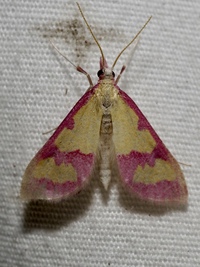
| Recorded by: Merrill Lynch on 2025-09-16
Watauga Co.
Comment: | 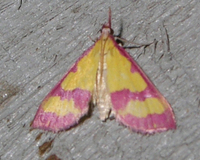
| Recorded by: Owen McConnell on 2024-07-08
Graham Co.
Comment: |

| Recorded by: David George, Stephen Dunn, Jeff Niznik on 2023-07-31
Macon Co.
Comment: | 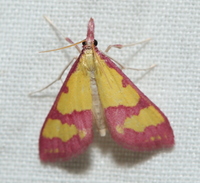
| Recorded by: David George, Stephen Dunn, Jeff Niznik, Rich Teper, Becky Watkins on 2023-07-29
Swain Co.
Comment: |
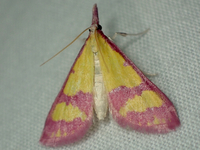
| Recorded by: tom ward on 2022-05-18
Buncombe Co.
Comment: | 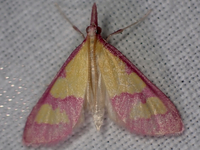
| Recorded by: tom ward on 2021-10-14
Buncombe Co.
Comment: |
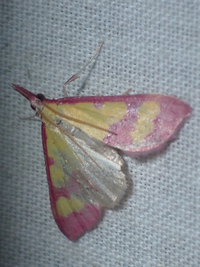
| Recorded by: tom ward on 2021-10-01
Buncombe Co.
Comment: | 
| Recorded by: tom ward on 2021-07-16
Buncombe Co.
Comment: |
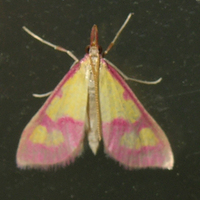
| Recorded by: Owen McConnell on 2021-05-26
Graham Co.
Comment: | 
| Recorded by: Owen McConnell on 2021-05-26
Graham Co.
Comment: |
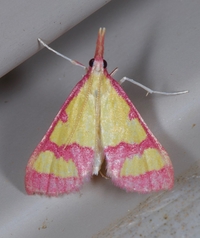
| Recorded by: Jim Petranka and Becky Elkin on 2020-07-18
Madison Co.
Comment: | 
| Recorded by: Jim Petranka and Becky Elkin on 2020-07-03
Madison Co.
Comment: |

| Recorded by: Jim Petranka and Becky Elkin on 2014-05-25
Madison Co.
Comment: |

 »
»


 »
»
